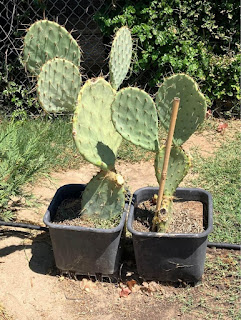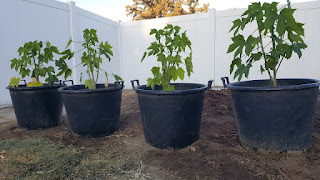(Opuntia Cacanapa) Nopales
(Opuntia Cacanapa) a spineless edible Prickly pear cactus, also Called Nopales. Can be grown asanornamental, or food, and commercial value. Nopal also has uses as a source of fibers for clothing and fodder for livestock. While nopal cactus can be grown from seeds, it is more easily propagated from cuttings. Nopal grows relatively quickly and requires little attention.This listing is for one non-rooted cutting, which is About size:three to four inches wide by five inches tall. Hardiness is down to about -20 degrees, USDA zone 5.Health Benefits of Nopal Cactus The pads and the pears are edible. The abundance of medical advantages that originate from nopales are basically inferable from its sustenance and vitamin content, which incorporates riboflavin, vitamin B6, copper, press, fiber, vitamin A, vitamin C, and vitamin K, calcium, potassium, magnesium, and manganese. Nopale is additionally an essential wellspring of certain natural mixes like phytochemicals and certain polysaccharides that add to its wellbeing boosting power.How to Root Nopal Cactus CuttingsPrepare a planting mixture by combining 20 percent top soil, 10 percent peat moss, and 70 percent pumice. Fill a 1 gallon container with the planting mixture.Place the cut end of the cutting approximately 1 inch into the soil; just deep enough to prevent it from falling over. Do not water at this time.Place the cutting in the sun, and position the pad to align the thin sides north/south to prevent the sun from burning the cutting during the hottest part of the day.Watch for signs of growth within four to six weeks; these signs include the cutting plumping up and new growth tips forming.Transplant your new nopal cactus outdoors, if it can be grown in your area.






Comments
Post a Comment